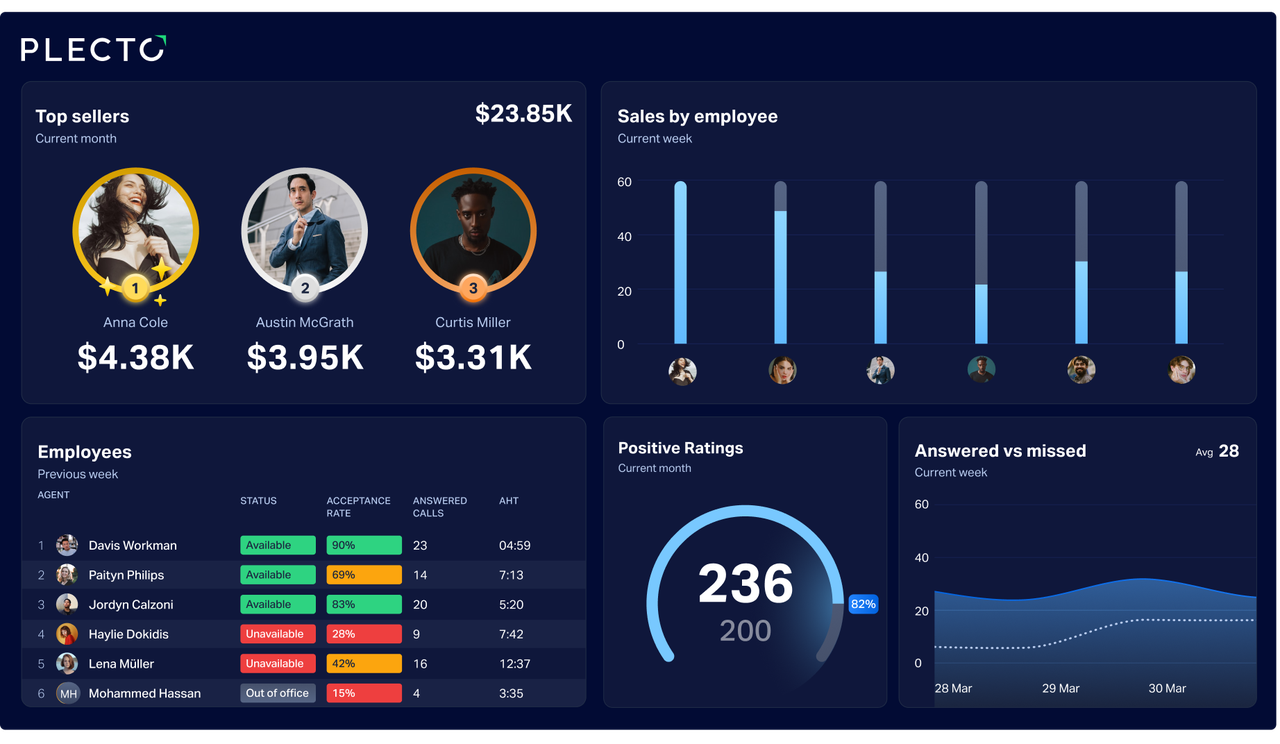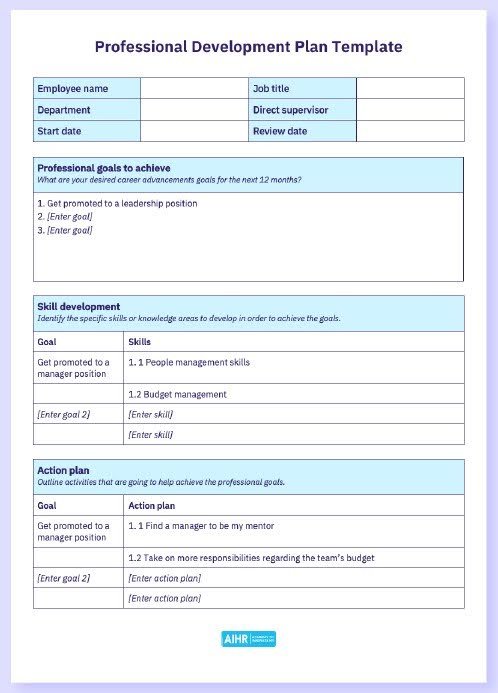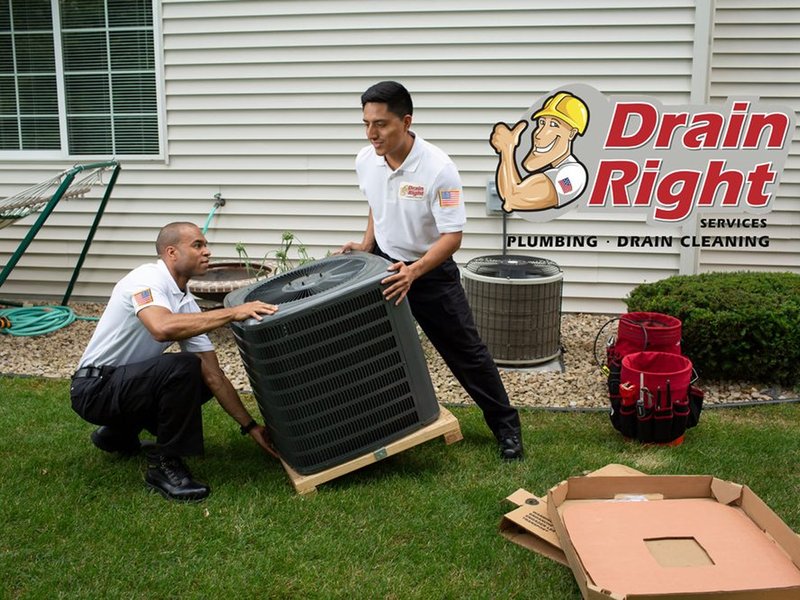Employee performance expectations can sometimes be brutal, especially if the team member holds a high-level role or has sales targets to meet. Problems will arise if you’re expecting peak performance without recognition; you’ll likely see employee morale plummet.
And doesn’t that make sense? Your team members work hard for you—why shouldn’t they be recognized for it?
Let’s take a closer look at why employee recognition and performance metrics should go hand in hand. We’ll also review some practical ways to integrate the two into your routine processes.
Why you need to tie recognition to performance metrics
In many companies, recognition and performance metrics exist in two separate worlds. However, when you connect them, you create a workplace where people meet their goals, stay motivated, and are excited to grow. You also help boost employee engagement. Here are some of the top reasons you need to tie recognition to performance metrics:
Performance metrics only tell part of the story
Metrics provide you with the numbers (such as productivity levels, adherence to deadlines, and collaboration effectiveness). They help you measure output but don’t always capture leadership, creativity, or team spirit. When you focus only on metrics without recognition, work can start to feel like a checklist. And that’s when burnout and disengagement creep in.
Recognition is the fuel
Recognition keeps people energized. When you give a shoutout in a meeting, offer a bonus, or announce a new growth opportunity, you show employees that their work matters. Doing so can turn one-time wins into consistent habits and maintain high morale.
Retention and continuous growth start here
When employees see a clear link between their hard work, recognition, and career advancement, they tend to stay and take more ownership over their development. Over time, this can build a culture of learning and momentum. (Where employees keep building on small wins, stay motivated, and push themselves and each other to grow.) Progress will feel natural because success feeds more success.
How to align metrics and recognition
Let’s be practical now. What does it look like to align employee performance metrics with recognition? Keep reading to find out.
1. Set clear and meaningful performance metrics
If you want recognition to feel fair and motivating, you need clear, specific, measurable goals for everyone. Vague expectations leave people guessing, which kills momentum. So be sure to spell out what success looks like so there’s no confusion about why someone’s work stands out.
For instance:
- Instead of saying “improve customer service,” set a clear goal like “achieve a 95% customer satisfaction score over the next quarter.”
- Instead of “improve marketing efforts,” set “grow the email list by 15% and boost open rates to 30% by the next campaign cycle.”
- Instead of “show leadership,” set “mentor two junior team members and help them hit their quarterly goals.”
- Instead of “be a team player,” set “collaborate on at least three cross-department projects this year.”
- Instead of “increase sales,” set “close $500,000 in new business by the end of Q2.”
Pro-Tip: Create visual dashboards that display sales results and top sellers to help your team members stay motivated toward their goals. Here’s an example:

2. Tie recognition directly to real results
Ensure you tie recognition to key business drivers, such as achieving sales goals, exceeding customer satisfaction scores, or delivering flawless project outcomes. Instead of handing out vague praise, show employees exactly how their work drives essential business outcomes. When people see what they did well and why it matters to the bigger picture, they have more reasons to stay engaged, motivated, and invested in doing even better. Here are some quick shifts you can make to change how you communicate to employees how their contributions specifically impact wider company successes:
Instead of: “Great job on that project!”
- Say: “Your work on the project helped us hit our Q2 revenue target ahead of schedule. Incredible impact.”
Instead of: “Thanks for your hard work!”
- Say: “Your fast customer support responses boosted our satisfaction scores by 12% this month. Clients are noticing — and staying.”
Instead of: “Awesome presentation today!”
- Say: “Your presentation helped secure buy-in from leadership for the new product launch. That moves our roadmap forward in a big way.”

3. Recognize wins while they’re still fresh
Waiting for an annual review to celebrate someone’s hard work is too late. Instead, call out great sales performance in the moment or shortly after. Why? Real-time recognition feels authentic and keeps the energy alive for the next challenge. You can do so using notification features in employee performance and engagement tools like Plecto, using automated instant notifications (more on this in the sections to follow).
Here are some practical ways you can implement to recognize achievements:
- Post about their success on the company’s intranet or social media_with their permission.
- Respond to a deliverable with enthusiasm (for instance, “This looks great! Thanks so much!”)
- Create a “win wall” or Slack channel where team members can publicly celebrate each other.
- Drop by their desk (or send a video message if remote) to say thanks face-to-face.
- Hand out small spot bonuses, gift cards, or extra time off for major wins
- Mention the achievement in a company-wide newsletter or update
- Nominate them for internal awards or formal recognition programs
- Encourage their manager to share the win directly with leadership
- Send a quick Slack or Teams message highlighting the win
- Give a shoutout during a team meeting or daily standup
- Write a personal thank-you note or email
If you want to go above and beyond, customize the awards you give your employees based on their preferences or things you know about them.
Personalized rewards humanize your business and show employees you genuinely care about them. A voucher for an online retailer for an in-person sales rep who values fashion, for example, feels way more meaningful than a generic Starbucks gift card. And supporting employees with gym memberships also shows you recognize the full picture of what they’re juggling in their lives. When you combine recognition with meaningful gifts or support, you turn milestones into real-life wins that can make a world of a difference to an employee.
Build your first dashboard.
Start your 14-day free trial today
4. Celebrate individuals and teams separately (and often)
Some wins belong to individuals, others to teams. Make room to celebrate both. Honoring group success builds collaboration. And honoring personal impact shows that individual contributions never get lost in the crowd. Pay attention to the nature of the achievement. If it took a whole team effort, be sure to spotlight the group. If someone went above and beyond, take the time to recognize them personally. This can be done (automatically!) with Plecto’s gamification tools, like instant notifications or virtual achievement badges. The following section outlines how both individual and team successes can be automated with Plecto notifications.
Rather than drafting separate messages, you can configure two quick notifications in Plecto:
On a team level:
When your team collectively reaches a target or a major milestone, set for a custom congratulatory message alert appears on TV screens located around the office, or send an automated alert on Slack saying something like: “[Team UK] just reached a [94% CSAT]! Amazing teamwork keeping our customers happy!"
For individual achievements:
When particular employees hit their personal targets, put their terrific performance on show, and celebrate as a team with a personalized YouTube video notification that shows on screens around the office for everyone to celebrate together. A custom message notification might say something like: “[Justin Haughton] just [closed 3 deals today]. Great job!"
With Plecto, these notifications trigger and appear in real time, so you can enjoy consistent, tailored recognition without drafting a single message yourself. That means more time for coaching, strategy, or simply celebrating in person!
*Important Note: Remember that not everyone wants a big shout-out in front of the team. Some employees prefer a private thank-you email or a meaningful perk, like extra time off. Know what lights each person up and tailor your recognition to match that when possible.
It’s also important to recognize progress along the way. This reminds employees that their ongoing efforts matter and encourages them to keep pushing until they hit their KPIs.
5. Connect recognition to career growth
Real recognition isn’t solely a pat on the back or a kind thank-you note. It’s also essential to demonstrate to employees that consistent, exceptional work opens doors to promotions, new projects, and career advancement. (It’s a huge motivator when recognition feels like a stepping stone toward something greater.) So link it to bigger opportunities! Ensure that employees understand what they can aim for in their career development strategy within your organization. For example, always announce job promotions in the company news section of your intranet, or a company-wide email, or a Slack message.
Keep it simple, like:
“We’re happy to announce that Aria is moving up to product manager as of May 1! Thanks so much for your hard work on managing the design deliverables for the last two years. We can’t wait to see you excel in this new role.👏”
Also, hold 1:1 employee check-ins to help each team member envision and plan out their career trajectory.
What can you offer them? How high can they climb the career ladder at your company? Be specific and fill out a career development plan with them.

Here’s an example:
“We’ve been really impressed with your pattern recognition skills and think you could run our sales analytics in the future. Would you be interested in that? Here are some other roles we think you’d be a great fit for.”
Then, discuss the trajectory. Do they need to earn more certifications, join one of your mentorship programs, or hit certain milestones with your company first? Then what? Apply for a promotion using an application on your website? Spell it out for them. With a clear path, they’ll know what specific things they’ll need to do to qualify for higher roles. At this point, you’ve done YOUR part. Now, it’s up to them to follow the plan to get promoted.
Finally, don’t forget about new-hires. Consider using an onboarding LMS to set clear, actionable goals and expectations from day one. And be sure to recognize newbies when they hit them! Early recognition can help boost their confidence and momentum from the get-go.
Start recognizing your employees with Plecto today
Recognition and performance metrics are two sides of the same coin. When you link clear goals to meaningful recognition, you keep your top performers motivated, growing, and driving the business forward. So make performance visible, make recognition count, and build a workplace where progress is the standard, not the exception.
Need a way to help employees get recognized for their wins? With Plecto, you can:
- Display live KPI dashboards around the office: This means every milestone earned gets its moment in the spotlight.
- Automate instant notifications: Shout-out wins the second targets are hit—via on-screen custom messages, Slack or Microsoft Teams alerts, email, or many more options to stay in the loop and recognize excellent performance.
- Reward Store: These should reward your team for achieving set milestones with badges, coins, or custom perks/rewards.
- Run friendly KPI contests: Make everyday tasks fun with contests that bring a friendly culture of competition to your teams, challenging colleagues to take the top spot!
- Customize recognition channels: This approach helps every employee, from your most extravagant extroverts to quieter achievers, get acknowledged in the way that motivates them the most!
Give it a try today. Start your 14-day free trial with Plecto now.

GUILLAUME DESCHAMPS
Digital Marketer
Guillaume is a digital marketer focused on handling the outreach strategy at uSERP and content management at Wordable. Outside of work, he enjoys his expat life in sunny Mexico, reading books, wandering around, and catching the latest shows on TV.



